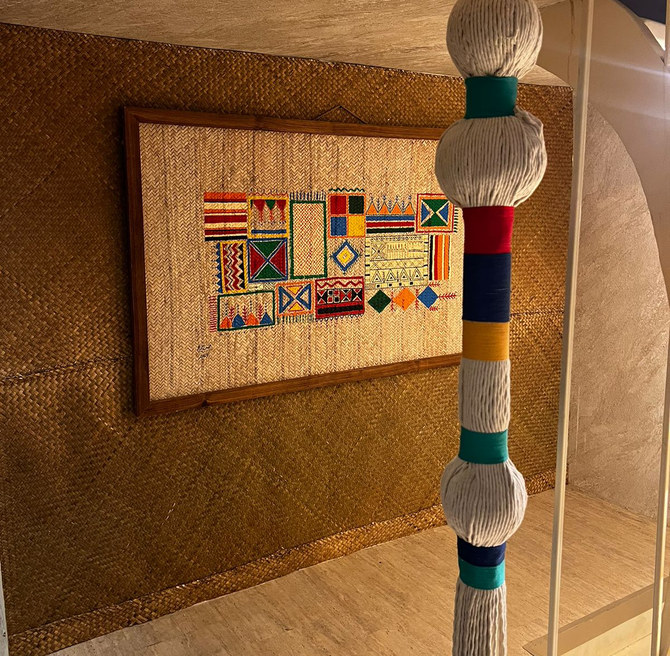JEDDAH: Souvenirs are invaluable sentimental tokens that immortalize our travel experiences, capturing the essence of destinations and the emotions woven into our journeys.
Drb has recorded more than 8,000 local designers and artisans in its database and customized in excess of 50,000 gifts — that carry memories and rich narratives of the country’s culture — for clients.
Drb, which translates as “the Path” in Arabic, is the brainchild of Kholoud Attar, founder and CEO of Drb, and Kaaph media, a creative media house that has been a trailblazer in the country’s design and creative industry for more than 16 years.
Attar believes that the best stories are crafted by local creative minds and designers of Saudi Arabia through the medium of souvenirs.
“Drb is Saudi souvenirs and cultural corporate gifts by creatives from around the Kingdom,” Attar told Arab News.
“Through our physical store in the Saudi National Museum, which we plan to expand to more stores in key touristic and cultural areas in the Kingdom and airports, we aim to make our presence felt at the heart of key cultural events and among the curious tourists yearning for an authentic Saudi experience,” she said.
Drb’s journey began last year on Saudi Founding Day, celebrated on Feb. 22 every year, with the opening of its store within the Saudi National Museum in Riyadh.
This was followed by its debut at the Drb Caravan during Ramadan this year at King Abdullah Financial District, and the subsequent launch of the Drb website in May.
The Drb Caravan, previously owned by the late King Fahad Al-Saud, has been meticulously rebuilt to offer a Saudi cultural experience. This mobile caravan is used in key tourist locations and upcoming major events, making it accessible to tourists and visitors.
“The key objective is to empower Saudi-made design, art and artisanal pieces, and make them available and accessible to people who are looking to find the perfect Saudi gift,” Attar said, “to promote gifts that tell stories of our beautiful culture and heritage.”
The Drb Caravan offers these main elements — a souvenir store showcasing locally sourced products from across the Kingdom, a curated art space, a diwaniya and cultural programs spot for community gatherings, and a customized gifting experience for corporate clients, and a rooftop with a view of Saudi landmarks.
“Our first caravan tours in Riyadh and two more caravans will be available for AlUla and Jeddah,” Attar said.
“We have more than 1,000 products from all over the Kingdom as I personally toured the different regions and cities of Saudi Arabia to sign with designers and creatives.”
The caravan has become a hub for cultural activities, hosting book club discussions, Saudi film reviews, comedy nights, DJ sets, musical performances, chess tournaments and mini-curated exhibits.
Attar said that as Drb continued to expand, it promised to captivate and inspire both local and global audiences, one souvenir and cultural experience at a time.
“We aim to make our presence felt at the heart of key cultural events and among the curious tourists yearning for an authentic Saudi experience,” she said. “Our approach? We bring the essence of Saudi hospitality directly to you, a testament to our commitment to blending tradition with convenience.”




























